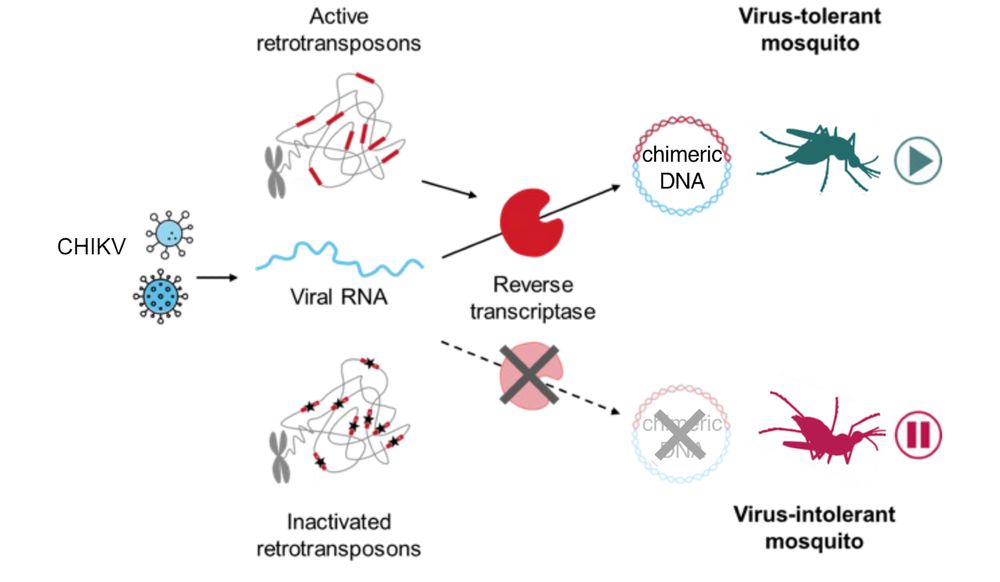


Plus we made some surprising discoveries! 🦟🧵
biorxiv.org/content/10.1...
1/n

Plus we made some surprising discoveries! 🦟🧵
biorxiv.org/content/10.1...
1/n
It had been a long and wild ride that started back when I was a postdoc within @lambrechtslab.bsky.social ! A thread ⬇️

It had been a long and wild ride that started back when I was a postdoc within @lambrechtslab.bsky.social ! A thread ⬇️
#ScienceMustGoOn 🧬🧪🦟

#ScienceMustGoOn 🧬🧪🦟
Starting in #RadboudUmc, our first goal is to make BuzzWatch portable enough to be transported by bicycle 🦟🚲🇳🇱.

Starting in #RadboudUmc, our first goal is to make BuzzWatch portable enough to be transported by bicycle 🦟🚲🇳🇱.
www.biorxiv.org/content/10.1...

www.biorxiv.org/content/10.1...
➡️Filming mosquitoes in a cage with a €15 camera but for 700h(1month) revealed fascinating insights into their behavior⌛🦟🎥⏳
preprint🔍 doi.org/10.1101/2025...
DIY guide 🛠️ theomaire.github.io/buzzwatch
🧵⬇️

➡️Filming mosquitoes in a cage with a €15 camera but for 700h(1month) revealed fascinating insights into their behavior⌛🦟🎥⏳
preprint🔍 doi.org/10.1101/2025...
DIY guide 🛠️ theomaire.github.io/buzzwatch
🧵⬇️



